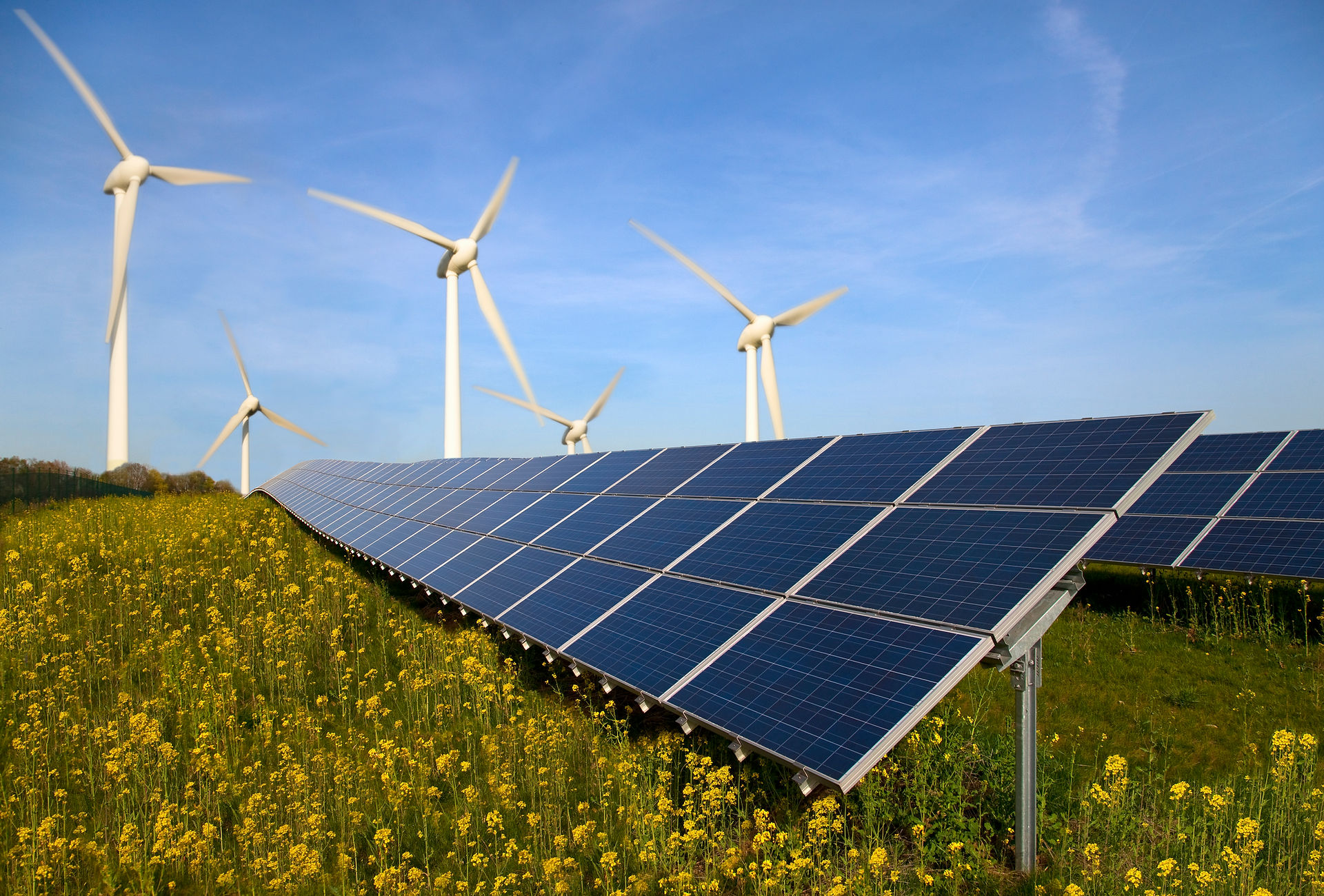NY approves $672 million bailout for utility customers who are not in low-income programs
Syracuse, N.Y. – State regulators today decided to pay off $672 million in overdue utility bills for thousands of households and businesses who racked up the charges during the Covid pandemic.
The customers, who might otherwise face service termination, will qualify for assistance regardless of income.
The cost will be borne by all utility ratepayers, who will pay a surcharge on gas and electric bills for one to 10 years, depending on which utility serves their area.
The state Public Service Commission approved the unprecedented bailout in response to a mountain of unpaid bills that piled up during the worst of the pandemic, when there was a moratorium on service disconnections. The seven commissioners unanimously supported the initiative at their monthly meeting.
Without the bailout, utility companies faced the possibility of writing off hundreds of millions in bad debt and shutting off service to hundreds of thousands of customers, PSC staff told the commissioners. Those outcomes would not only wreak havoc on struggling households but also would be at least as expensive as the bailout, PSC staff members said.
The financial assistance approved today targets customers who did not qualify for a previous round of help that was limited to low-income households. The new money will pay down bills for residential and small businesses regardless of income, as long as the debts were accrued before May 2022.
Last June, the PSC approved a similar $587 million program to pay off Covid-related overdue bills for low-income customers who qualify for utility bill discounts. That initiative was paid for with a mix of state and federal funding plus a surcharge on utility bills.
The new phase, for non-low-income customers, will be entirely funded by a utility bill surcharge. Over time, utility customers will pay $824 million to fund the program, including utility carrying charges during the period while the money is being collected.
The new surcharge will add approximately 0.5% to customer bills, PSC staff said. National Grid estimated that the surcharges for a typical Upstate residential customer would be 49 cents a month on the electric bill for four years; and 29 cents a month on the natural gas bill for two years.
Statewide, the $672 million program will relieve 56,000 small businesses and 478,000 households of some or all of the utility debts they accumulated before May 2022. There is no application process. Utilities will identify customers with arrears that piled up before May 2022 and apply a one-time credit to their account.
The money should completely eliminate the old debts for about 75% of recipients and will help the rest to enter manageable repayment plans with their utility, the PSC staff said. In the meantime, the commission will suspend all residential service terminations until March 31 or until the credits have been applied, whichever is later.
Each utility is required to publicize details of the program in the coming weeks.
When the Covid pandemic struck, New York imposed a moratorium on utility shutoffs, the only state to do so. There was about $780 million in overdue bills owed to utilities at the time. Eighteen months later, when the moratorium was lifted, the unpaid bills had grown by more than $1 billion, PSC staff members said.
As of September 2022, 1.2 million residential customers and 128,000 small businesses were more than 60 days overdue on their utility bills. They owed $1.95 billion, more than double the normal unpaid debt level in pre-pandemic years.
The plan to pay off the arrears was devised by a working group that includes staff from the Department of Public Service and other state agencies, utility representatives and consumer groups. According to the group’s report, an analysis of the unpaid bills by the utility companies indicated more than 95% of the customers exhibited at least one of these signs of financial distress:
-- They received multiple “final disconnect” notices but did not resolve their bill.
-- They previously had a repayment agreement for overdue bills.
-- They previously participated in the utility’s low-income program.
-- They previously received HEAP benefits.
-- They are elderly, blind, disabled or on life-support equipment.
Consumer advocates who were part of the PSC’s working group supported the debt relief plan but argued that utility shareholders should pick up 50% of the cost. They pointed out that many of the state’s utilities increased shareholder dividends during the pandemic, while customers struggled to pay rates that are already high.
Utility companies agreed to waive $101 million in carrying charges on the bad debt from 2022. That’s more than utilities in other states have contributed to arrears reduction, PSC staff said.
In the end, consumer groups signed onto the plan, in part because officials estimated that it would cost customers more in the long run to do nothing.
If a big chunk of the delinquent bills is not paid off, the utilities would be forced to write off massive amounts of uncollectible debt – as much as $702 million, the working group estimated. They would seek to be reimbursed for that and for other costs related to unpaid debts the next time the PSC sets their rates.
In approving the bailout today, several commissioners noted that utility rates continue to be unaffordable for many customers, with or without a pandemic.
“The issue of affordability is not going away,’' Commissioner John Howard said.


Comments